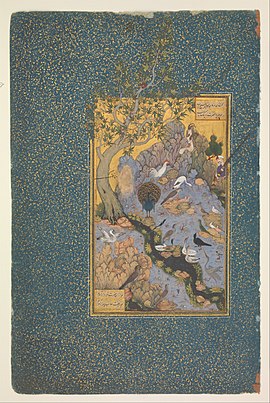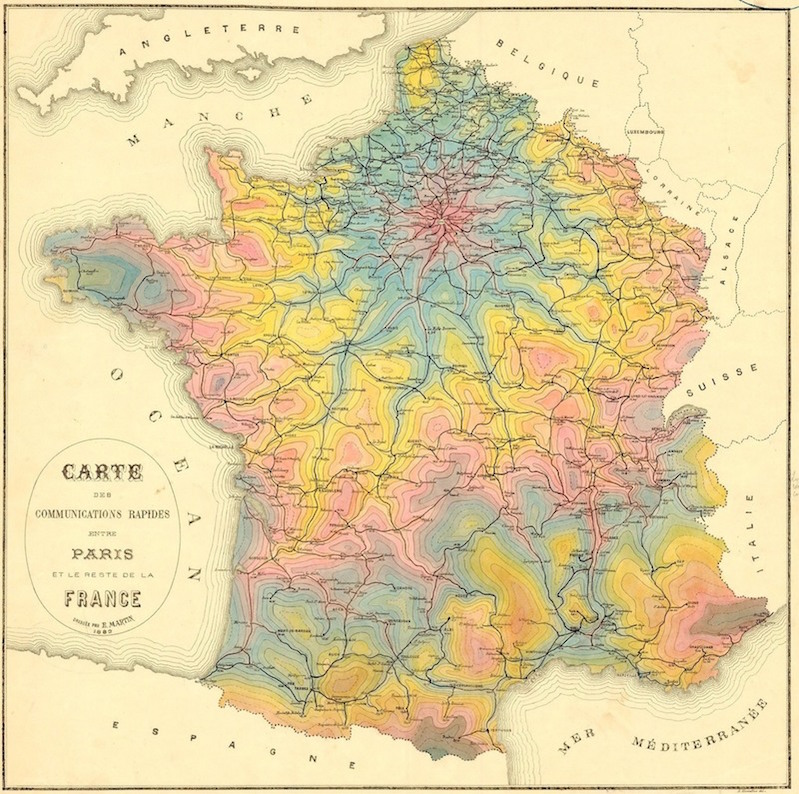via the New Statesman by Kenan Malik
Islam has long embraced European modernity – but its values are under threat.
“The Turkish nation,” Mehmed Ziya Gökalp wrote, “belongs to the Ural-Altai [language] group of peoples, to the Islamic umma, and to Western internationalism.” Gökalp was an early-20th-century sociologist, writer, poet and political activist whose work was influential in shaping the reforms of Mustafa Kemal Atatürk, the main figure in the founding of modern Turkey. What is striking about Gökalp’s argument is that it stitches together three elements that today seem to many to be irreconcilable. “Islam” and “Western internationalism”, in particular, are often seen as occupying opposite sides in a “clash of civilisations”.
Continue reading
Those of you who find this article somewhat academic may enjoy a novel by Ann Bridge if you can find a copy (other than the one on my bookshelf). "The Dark Moment (1951) traces the decline of the Ottoman Empire and the role of women in the revolution." Wikipedia
=============================
Why did all these cows jump off a cliff to their deaths?

Last month, a dozen young cows in Levron, Switzerland mysteriously leapt off a cliff and plummeted to their deaths 165 feet below. A thirteenth cow survived the jump by landing on the others.
Continue reading
=============================
The truth about tarot
via 3 Quarks Daily: James McConnachie in Aeon
‘Why does tarot survive?’ In a sense, tarot does encode wisdom – albeit within an invented tradition rather than a secret one. It is a system for describing aspirations and emotional concerns. It is a closed system rather than one based on evidence but, as such, it is not dissimilar to psychoanalysis, another highly systematised, invented tradition whose clinical efficacy depends ultimately on the relationship between client and practitioner.
Continue reading
=============================
Challenging Mainstream Thought About Beauty’s Big Hand in Evolution
Are aesthetic judgments about mates invariably tied to traits we see as adaptive and worth passing on? Or, does beauty just ‘happen’?
via Arts & Letters Daily: James Gorman in The New York Times

The upright wing pose of a greater bird of paradise. Tim Laman/National Geographic Creative
Not long ago, a physicist at Stanford posed a rhetorical question that took me by surprise.
“Why is there so much beauty?” he asked.
Beauty was not what I was thinking the world was full of when he brought it up. The physicist, Manu Prakash, was captivated by the patterns in seawater made as starfish larvae swam about. But he did put his finger on quite a puzzle: Why is there beauty? Why is there any beauty at all?
Continue reading
=============================
Justin Johnson plays a song on a 2-string diddley bow
via Boing Boing by Mark Frauenfelder
=============================
Scientists Are Scouring Medieval Texts for Ways to Beat Antibiotic Resistance
via Big Think by Derek Beres
Scale is sometimes hard to understand. When someone reaches one hundred years of age we often shakes our heads in disbelief, hoping the same for ourselves while trying to mine their secrets. Compare a hundred years against the age of the earth and – you’ve likely heard the one about human existence being a mere second if all of history were stretched to a year.
Before, germ theory and vaccines medicine moved slowly. No serious physician would diagnose based on humors today, though that does not mean Hippocrates was completely misguided. His therapy allowed nature to run its course through the patient’s body, which is terrible advice when considering cancer but effectively all one can do when dealing with colds and flus. Sometimes, as we know, the remedy proves to be worse than the sickness. Humoral doctors also tailored specific treatments to each patient, an emerging practice that’s slowly replacing the one-size-fits-all prescription.
Continue reading
=============================
In A 12th-Century Iranian Poem, A Vision Of Solidarity We Need Today
via 3 Quarks Daily: Theodore McCombs in Literary Hub

Scene from The Conference of the Birds in a Persian miniature. The hoopoe, center right, instructs the other birds on the Sufi path. Wikipedia
“That anyone has ever been able to surpass one of the great figures of the Divine Comedy seems incredible, and rightly so,” wrote Jorge Luis Borges, in his Nine Essays on Dante; “nevertheless, the feat has occurred.” Borges was speaking of the medieval Iranian poet Attar’s allegorical epic, Manteq al-Tayr, or The Conference of the Birds, and the magnificent image that caps the poem, of the mythical bird-deity of Persian literature, the Simorgh. Writers from Rumi to Borges to Porochista Khakpour have drawn on Attar and his sublime Simorgh, a vision of coherence in a divided world. Over eight centuries later, and with an exciting new translation released, by Iranian-American poet Sholeh Wolpé, Attar’s Simorgh still speaks to our moment of change and challenge: a moving and unsettling ideal from a very different, but very relevant time and place.
Continue reading
=============================
Why We Fight Wars
via Arts & Letters Daily: Matthew Evangelista in The Chronicle Review

Hutu refugees at the border of Rwanda and Tanzania, 1994
“Wars are not barroom brawls writ large,” wrote Barbara Ehrenreich. She was responding to Francis Fukuyama’s claim in Foreign Affairs magazine that men are mainly responsible for military conflicts because “aggression, violence, war, and intense competition for dominance in a status hierarchy are more closely associated with men than women”, and that “statistically speaking it is primarily men who enjoy the experience of aggression”. Ehrenreich, who earned a Ph.D. in cellular immunology before turning to journalism and politics, rejected Fukuyama’s belief that men’s warlike practices were “rooted in biology”, “hard-wired”, “genetically determined”, or “bred in the bone”. Unlike the lethal violence of the chimpanzees who provided the hook for Fukuyama’s article, warfare is organized, institutionalized, and socially sanctioned violence. If we seek to explain it – and not only its gendered dimensions – evolutionary biology is not the place to look.
Continue reading
=============================
Did you know these 10 fascinating facts about museums?
via OUP Blog by Steven Filippi

“Façade of the British Museum” by Ham, CC BY-SA 3.0 via Wikimedia Commons.
Collections of art, scientific instruments, historical relics, and peculiarities have attracted the curiosity and imaginations of people around the world since ancient times. The museum as an institution developed in antiquity and evolved over the years to encompass and celebrate all aspects of human society, science, art, and history. Museums are vital to the study of the past, how the natural world works, and how cultures have grown and interacted with each other. Museums educate and they inspire.
Continue reading
=============================
Vintage isochrone maps show 19th-century travel times
via Boing Boing by Andrea James

In the late 19th century, travel times became a thing of fascination as modes of transportation improved by leaps and bounds (e.g., Around the World in 80 Days, published in 1873). Great thinkers of the day like Francis Galton even devised isochrone maps, which showed how long it would take to get from a central point to other points of interest.
Continue reading
No comments:
Post a Comment